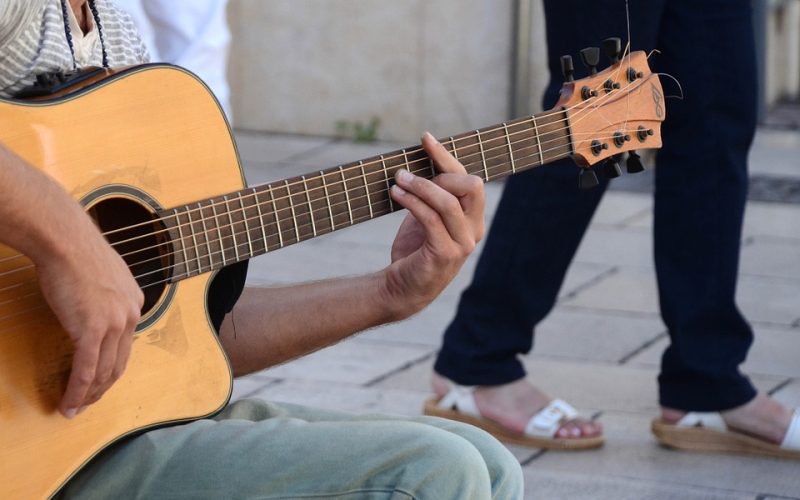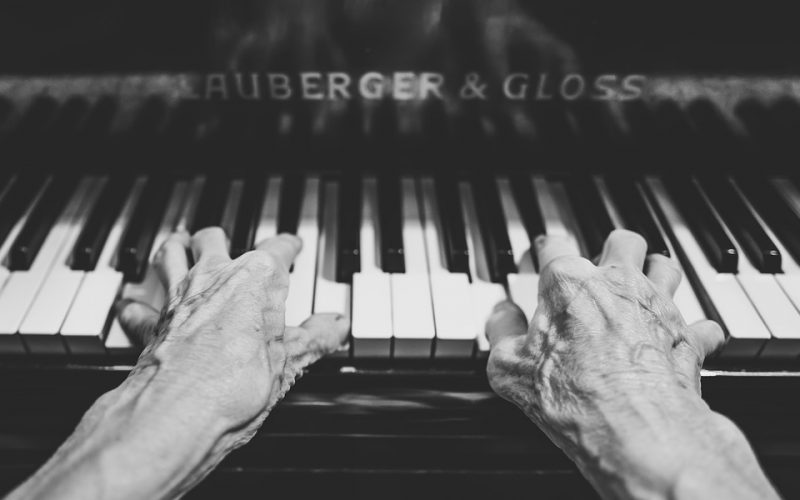For those who have selected an instrument and enrolled in a class, learning to read music is one of the first steps they will undertake. The teacher might start them off with learning how to handle their instrument, but they will not really produce music until they can look at a sheet with notes and a time signature. Just as students are taught the alphabet in preparation for learning to read words, the notes of the scale are just the beginning.
Sheet music is not something most people can read without being taught the meaning of the symbols, so students taking music lessons are all taught the basics. The five lines for where the notes reside begin with a clef. This tells the student what the musical values of the notes are, and they will need to know that to read the actual notes of the melodic line before them. Being able to play music from a sheet might seem easy, but it does have its own share of complexity.
Students must know how long to hold each note, so a time signature is placed next to the clef. It signifies the number of beats per each measure, and it also gives them the time value for the different notes. Once they learn how to read this part of the information, they can then begin to read how long to hold each note before moving on to the next one. It is often the length of a note being held that creates different melodic lines.
It might seem easier to just play by ear for those students able to do it, but being able to read music gives any person who learns the ability to attempt playing an instrument. Once they have learned how to read, they can apply their knowledge to create a song on their instrument.















